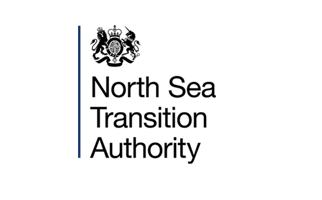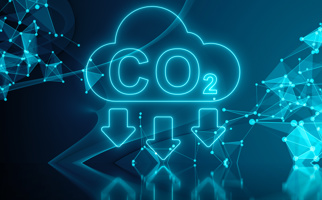
An innovative partnership between gas platforms and windfarms could see more power generated - maximising both gas production and renewable electricity generation offshore, according to a report from the Oil and Gas Authority (OGA).
The concept of gas-to-wire (GTW) involves using the gas produced from gas fields to be generated into electricity offshore and then transmitted to shore via spare capacity with subsea cables used for windfarms.
Due to the intermittence of wind, annual use of the associated power infrastructure is typically 40%. This spare capacity presents an alternative route for electricity generated offshore from currently producing gas fields or even from undeveloped discoveries and stranded gas resources.
By installing offshore power generation facilities, operators could export electricity via established windfarm infrastructure instead of exporting gas to shore by pipeline. As a relatively flexible and fast responding form of power generation, it could play a useful role in balancing the electricity grid as supply and demand fluctuates.
The report 'Gas To Wire: UK SNS and EIS' looks at the technical considerations and potential benefits from GTW in areas such as the Southern North Sea and the East Irish Sea. Both are unique in featuring established offshore gas-producing facilities and infrastructure alongside large existing and planned offshore windfarms.
In addition to generating additional electricity offshore, other benefits from gas and renewables collaboration include the potential to reduce operating costs by pooling logistics and establishing guidance for effective co-existence within the same geographic area.
Whilst individual elements of GTW are already proven (eg: offshore gas production, gas-fired power generation, subsea power transmission), work is still required to bring the concept to market. The OGA continues to support the East of England Energy Group (EEEGR) cross-industry work group which aims to promote gas and renewables synergies, whilst also collaborating with colleagues in the Oil and Gas Technology Centre (OGTC) and the Netherlands Organisation for Applied Scientific Research (TNO) who are considering similar concepts.
Eric Marston, Area Manager at the OGA said: “Gas-to-wire has the potential to both help maximise the UK’s remaining gas resources whilst also boosting electricity generation offshore, with associated benefits for both gas producers and windfarm operators. We continue to see interest from a number of developers and operators seeking to commercialise this opportunity.”
Simon Gray CEO of EEEGR said: “For the last eighteen months we have had a number of our members considering this sector. When we first looked at this opportunity, the barriers to market seeming just too difficult to overcome. However, the legislative difficulties now seem to be surmountable, the technology achievable and the market more willing to consider this as a real opportunity.”
Peter Aldous MP for Waveney, Suffolk: “This initiative with the gas and offshore wind industries working together is very much to be welcomed. Gas and offshore wind are vitally important components parts of the UK’s energy policy and significant advantages are to be gained from the two sectors collaborating in this way. These include the potential to reduce operating costs, ensuring that offshore infrastructure is fully utilised and balancing the grid at these times that wind farms are not producing electricity. This partnership illustrates both the continuing strategic importance of the Southern North Sean and how the UK is the global focal point for innovation in the power generation sector.”
Ends
For more information, please contact Tracey Miller, Communications Manager at the OGA:
Tel: 0300 020 1072 ¦ Email: Tracey.Miller@ogauthority.co.uk


